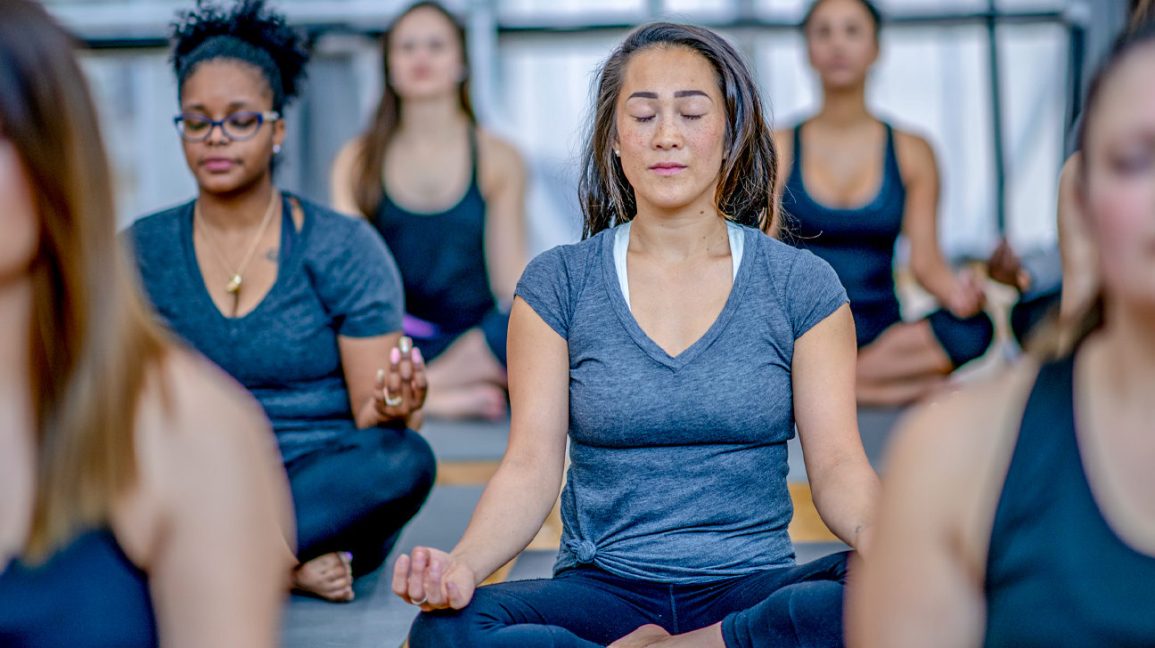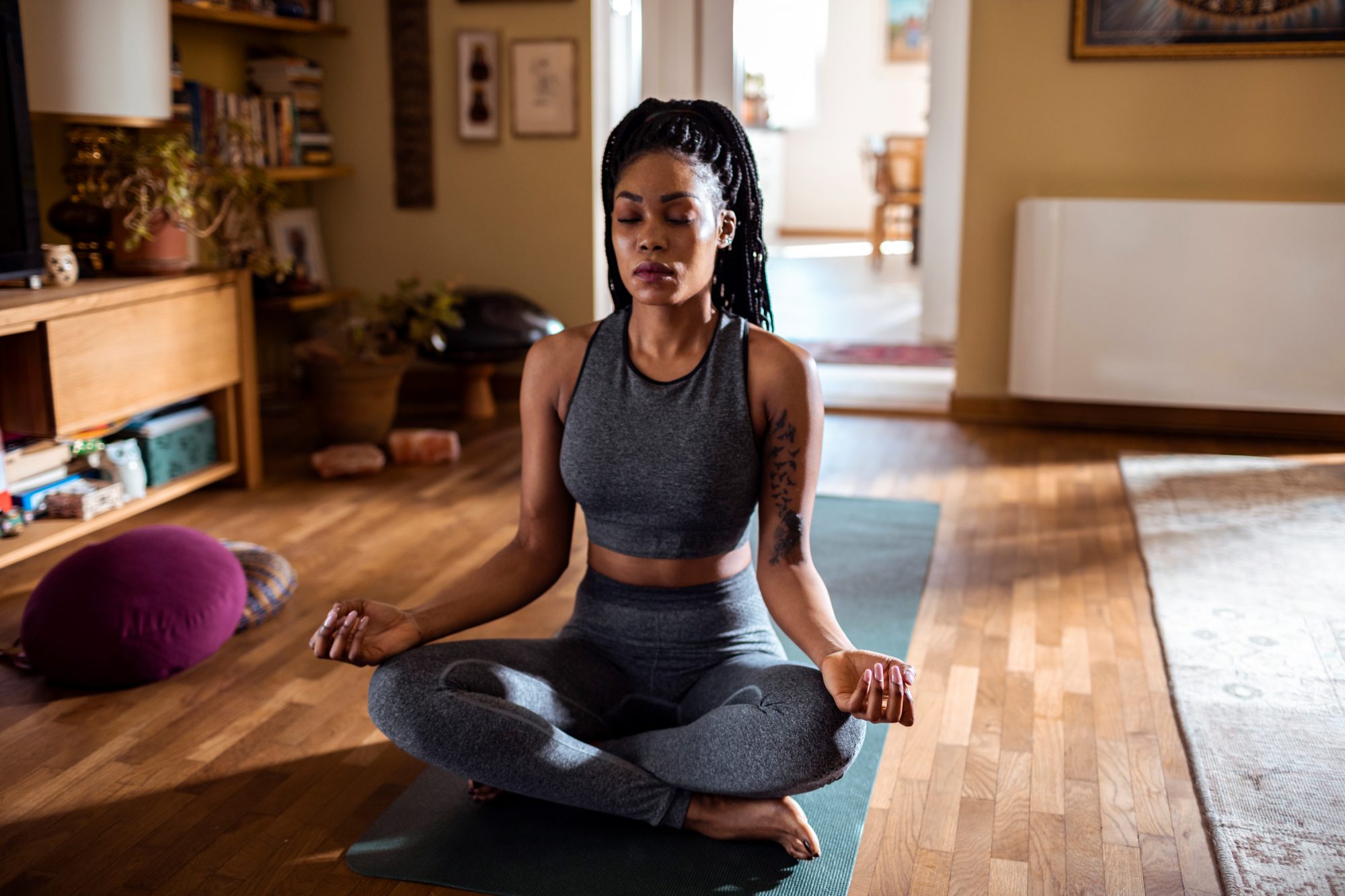Breathing exercises for anxiety are easy to learn and very effective.
When you are experiencing anxious feelings, your muscles and brain do not have comfortable levels of oxygen. Breathing deeply can bring that needed oxygen to the brain to relax your thoughts and to tense muscles so they can relax, too. Most people carry the extra tension in their shoulders and neck, but there are other areas that tense up, too. Yoga breathing exercises help you identify which body areas are tense.
Coupled with some stretching, these deep breaths can quickly bring a sense of peace and calm to an otherwise stressful or frightening situation. One of the simplest deep breathing exercises is to inhale to a slow count of four, hold briefly, then exhale to a slow count of four. To do deep breathing properly, first, make sure you are sitting comfortably. Inhale, picturing the air going deep into the abdomen, and then filling up the lungs right to the collarbone.

Release the air from the top down all the way to the bottom of the belly. If you’ve never done breathing exercises before, it may be hard to stretch a breath out to four seconds in and four seconds out. After some practice, you can experiment with holding your breath for a few seconds and extending the exhale to as much as eight seconds. An important component of breathing techniques to get panic away from you is what is going on in the mind during these breaths. It helps to visualize energy and calmness coming in during the inhale and stress and tension going out during the exhale.
It also is helpful to do some simple stretching before, after, or during the breath. For instance, you can slowly roll your head while breathing calmly. Begin by letting the chin drop to the chest. Experience the stretch from the back of the head down through the upper back. Now roll the head over so that the right ear almost touches the right shoulder.
Release tension from the left side of the neck and lower your shoulders. Let the head drop back so you are looking toward the ceiling, then slowly drop it so that the left ear almost touches the left shoulder. Breathe gently and shallowly throughout the exercise, as you return your chin to your chest. Repeat in the opposite direction, releasing tension in your neck and shoulders as you go. Do this very slowly. It’s OK to close your eyes.
Yoga is beneficial because it teaches you to identify the pockets of stress you are carrying around in your body. For instance, you may carry tension in your ankles. The next time you are sitting with your feet on a footstool, try rotating your feet slowly while breathing slowly and shallowly.

Can you feel the tension leaving the area? Alternately tensing and releasing the various muscles while focusing on deep breaths is also calming. A nice exercise is to lie on the floor on your back. Systematically tense and release each muscle beginning at the feet and working up through the legs, hips, abdomen, shoulders, arms, neck, and head.
Take the time to feel each muscle group relax before moving on to the next. Anxiety can be debilitating if unchecked, but fortunately, it is very treatable. While some people may need medications or herbal formulas to relax, it is very likely that you can learn to overcome your anxiety symptoms naturally. One of the simplest places to start is by learning breathing exercises for anxiety.
